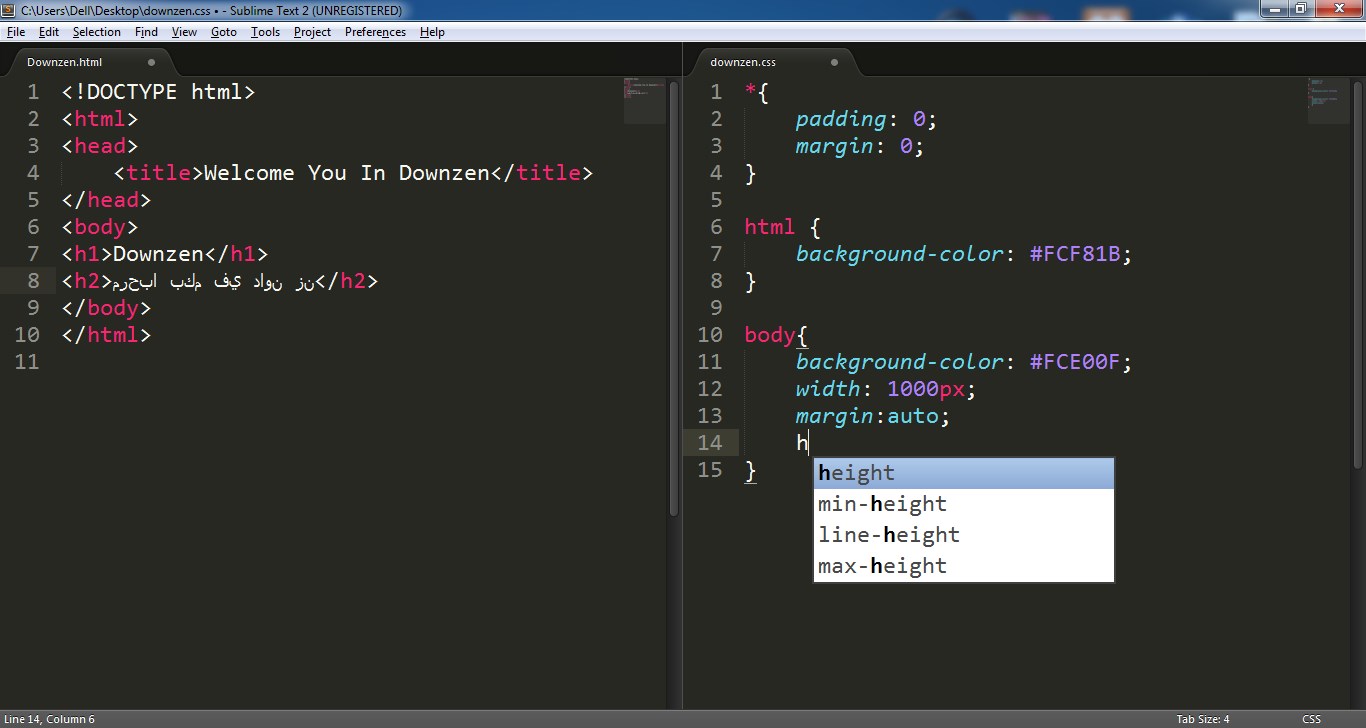

IntelliSense analyzes the semantics (letters) of what you are inputting, as well as the rest of the code you have created, and then provides suggestions on how to finish what you are writing. Microsoft has built a feature in Visual Studio Code called Intellisense, which is an alternative to Googling the problem (or “Bing-ing” it, in Microsoft’s case). When I was learning to code, one of the tips the teacher gave us when we don’t know how to do something was to Google it. On a more basic debugging level, Visual Studio Code automatically detects minor problems in your code, and takes you directly there so you can solve the problem easily. You can also create “breakpoints”, which are points where the debugging process will automatically stop. To start debugging your code, all you need to do is either press F5 to run it in your current window, or go to the “Debug” menu. Thankfully, Visual Studio Code includes debugging functionality to help detect those errors before you reach the blurry-eye stage. In my early days of programming, I spent ages staring at lines of code until my eyes went blurry, trying to work out why what I’d written wasn’t reflected in the final product. One of the classic exercises you’ll do when learning to program is to “break” some code and then try to fix it again.
#Sublime text windows install
CSS is one of the built in programming languages, but you can install and configure other languages, such as Python and C#, via the Extension Marketplace. The example I used above is CSS (yes, I am classifying CSS as a coding language!). Visual Studio Code allows you to edit code in a wide variety of programming languages.
#Sublime text windows full
In reality, this is a full screen mode that allows you to edit code with no distractions. Zen Mode is one of my favorites, especially because it sounds so relaxing. You can, of course, edit the layout as well. Take a look at Codecademy’s text editor below for a comparison. The Visual Studio layout bears a similarity to Codecademy’s own text editor layout in its simplicity and ease of use. The middle panel is where you edit the code you have written or need to fix you can open and edit several different files side-by-side. In this case, I’m editing a file called “style.css.” In the top left panel, you can see the different variations of code you are editing. This is what Visual Studio Code’s home screen looks like when you write your first line of code or open a file that you have already created: It’s a recent entrant to the market Microsoft released the product as a public preview at the end of 2015, posting the open source code to Github, before making it available as a general release in April 2016.ĭespite its newbie status, Visual Studio Code has rapidly gained popularity among developers, ranking as the most popular development environment overall in Stack Overflow’s 2018 Developer Survey. Visual Studio (the text editor is known as Visual Studio Code so we’ll refer to that from now on) is Microsoft’s free text editor that runs on Windows, Linux, and macOS.


 0 kommentar(er)
0 kommentar(er)
